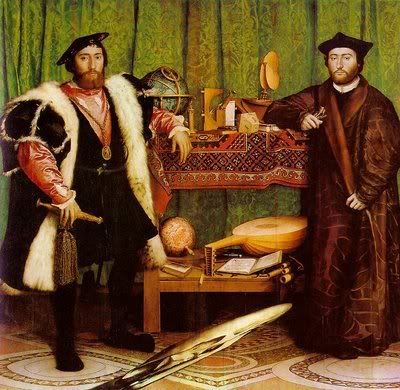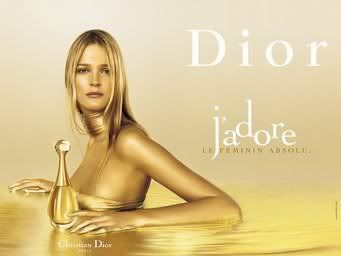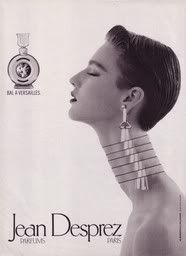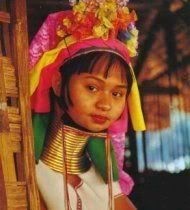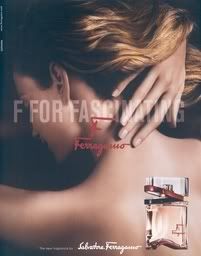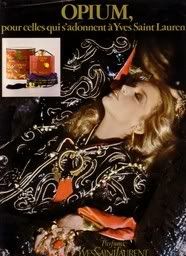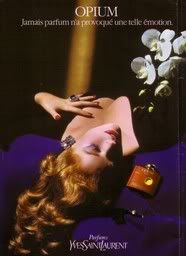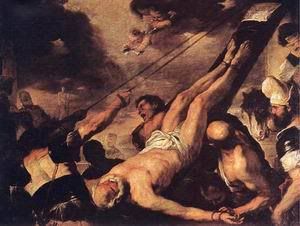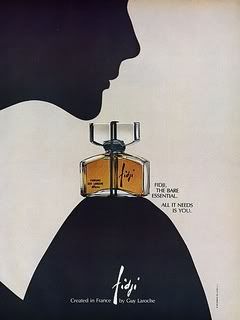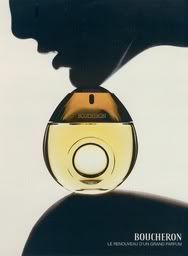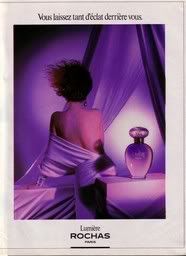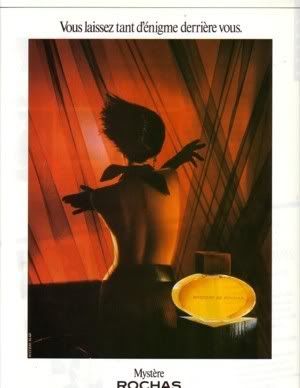It had been no secret that Tom Ford's
Black Orchid for women photoshoot involving Carin Roitfield's daughter (Carin being the editor in chief of French Vogue, no less) had been "inspired" by old Hollywood iconography. Tom Ford if nothing else is a brilliant marketeer who can always be relied upon to know which images will tick the fancy of his target audience. Or perhaps not.
In this case he was inspired by
this Veronica Lake photo {click to see it!} by George Hurrell from 1941. The famous peek-a-boo platinum hair is now spawled all over the bed in a pose of surrender and what seems like vague expectation of who knows what.
A phone call, a caress, a bullet?
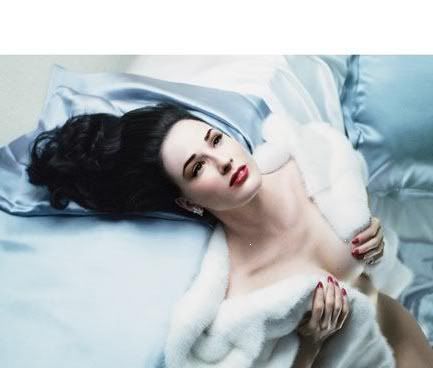
Dita von Teese, that gorgeous specimen of burlesque, has always relied on old-style Hollywood glam to project her divinely contrasted features. I had used this exact pic in lieu of the official one
when I reviewed Black Orchid upon its launch {click for review}. It had seemed more glam than the official one and besides Dita has been a favourite for a long time.
Guerlain also had their own share in this department, alloting their iconic oriental
Shalimar a place for this pose of surrender.
The original Opium advertisement with Jerry Hall, poster child of the late 70s, early 80s was first to be inspired by the glamour of yore. In this photo shoot she throws her head back as if high on the addictive powers of
Opium. Very fitting considering the line is "For those who are addicted to Yves Saint Laurent".
This was my favourite from the group of
Opium advertisments, if only because the fiery red of the model's hair (is it Angie Everheart?)is so complimentary to the cinnabar/vermillon colour of the perfume's flacon and so antithetical to the electric blue background. Remember electric blue, that favourite shade of the 80s that was vibrant like cloud charges on a night of temptest? It offset other shades so vividly...
Of course that pose can be also traced back to Veronica Lake in another shot by George Hurrell. This one:
here! Pretty amazing, huh?
Perhaps one might trace the positioning of the body in such a manner to painting in the first place. In particular the iconography of St.Peter’s crucifixion, here by Luca Giordano (1692). Martyrs are often depicted in poses of abandon, as if they are left to their fate, willingly surrundering themselves to higher exigencies.
Then again I might be pushing it…
Ads from okadi,imagedesparfums and parfumsdepub. Veronica Lake pic from Ebay. Painting Crucufixion of St.Peter by angel-art-house.com
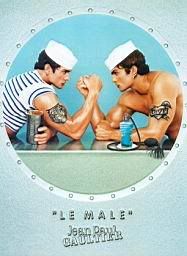
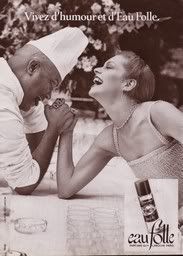

.jpg)

